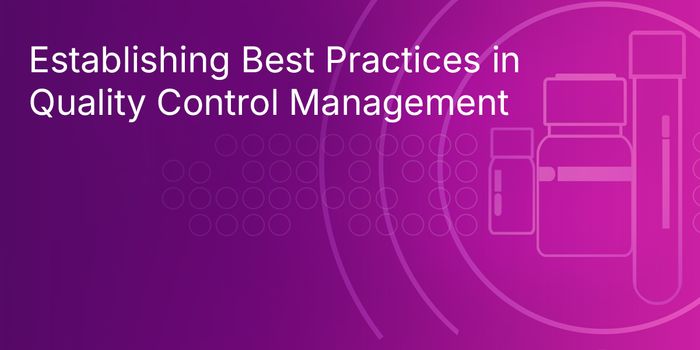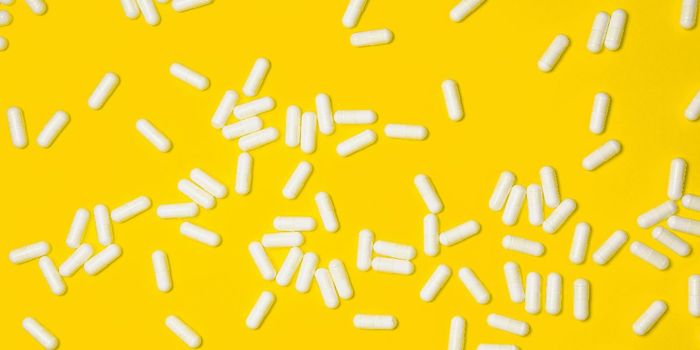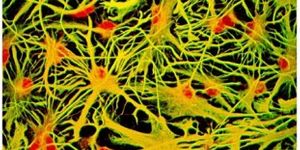Neuroscience
Gene inhibitor and salmon fibrin restore function lost in spinal cord injury
JUL 31, 2014 12:00 AM PDT
Share
Orphan Drug Approvals and Costs Increase
 Speak of orphan drugs and the financial-types at pharmaceutical companies are likely to change the subject very quickly. Although vital to the health of victims of the rare diseases they are designed to treat, their high-risk, high-cost nature can be very unhealthy for a company's bottom line. In the U.S. an orphan drug is designated as one that is designed to treat fewer than 200,000 people with a certain condition. In Europe they are defined as medicines that treat illnesses affecting no more than 5 in 10,000 people.
Speak of orphan drugs and the financial-types at pharmaceutical companies are likely to change the subject very quickly. Although vital to the health of victims of the rare diseases they are designed to treat, their high-risk, high-cost nature can be very unhealthy for a company's bottom line. In the U.S. an orphan drug is designated as one that is designed to treat fewer than 200,000 people with a certain condition. In Europe they are defined as medicines that treat illnesses affecting no more than 5 in 10,000 people.But, although risky, orphan drugs can be very profitable. A report by Thomson Reuters compared the value of orphan drugs between 1990 and 2030 and found that they can generate as much lifetime revenue as mainstream drugs. Although their target markets are much smaller (For example rare diseases afflict about 25 million people in the U.S., compared with 25 million people each for asthma and diabetes.), orphan drugs high costs can make up the difference. The most expensive drugs can cost more than $500,000 per year per patient. Around a third of orphan drugs have net sales of $1 billion.
A growing market also makes the orphan drug business attractive. A report by BCC Research of Wellesley, MA estimates the worldwide market for orphan drugs at $86 billion in 2012, growing to $112 billion by 1917.
This potential for profit along with a more favorable regulatory environment is helping to put more orphan drugs in the pipeline. The U.S. Food and Drug Administration (FDA) and the European Medicine Agency (EMA) have agreed to waive or reduce license fees and extend exclusivity for up to seven years. Another roadblock, how to get enough people with a rare disease into a clinical trial is also being tackled. Regulators are working with researchers to relax criteria for trial recruitment and processes.
Big drug companies are noticing and getting involved. While addressing the company's annual meeting, Dhaval Patel, head of the Novartis Institutes for BioMedical Research said, "We use rare disease to guide our drug discovery program and our real focus is unmet need. It is not just about the cool science, though we have to do that to attract the brightest and best, it is about meeting that need." Novartis has 13 orphan drugs on the market and 60 in the research phase. GlaxoSmithKline (GSK) and Pfizer both have started dedicated rare disease units. In 2011 Sanolfi purchased orphan drugs pioneer Genzyme and this year they expanded their partnership with the genetic medicine specialist Alnylam. Shire bought orphan drug company Viropharma for $4.2 billion last year and this year acquired Lumena Pharmaceuticals which has two drugs for rare liver diseases in clinical trials.
The outlook is not completely rosy though. A study by the Tufts Center for the Study of Drug Development at Tufts University found that although more orphan drugs are coming to market, that their high cost poses an obstacle. During the 14 years ending in 2013, 86 orphan drugs were approved in the U.S., up from 65 between 1983 and 2000. Joshua Cohen, the Tufts assistant professor who conducted the study's analysis said, "The encouraging news is that more orphan drugs are in development today than ever before, with more getting marketing approval-in 2013 alone, nine orphan drugs were approved in the U.S., the most in a single year. But the high cost of these medicines is leading insurers to reassess their reimbursement policies, which likely will mean more out-of-pocket costs for patients." So, despite the promise of orphan drugs, this expense may lead to more patient non-compliance.
Sponsored by

You May Also Like
Loading Comments...








